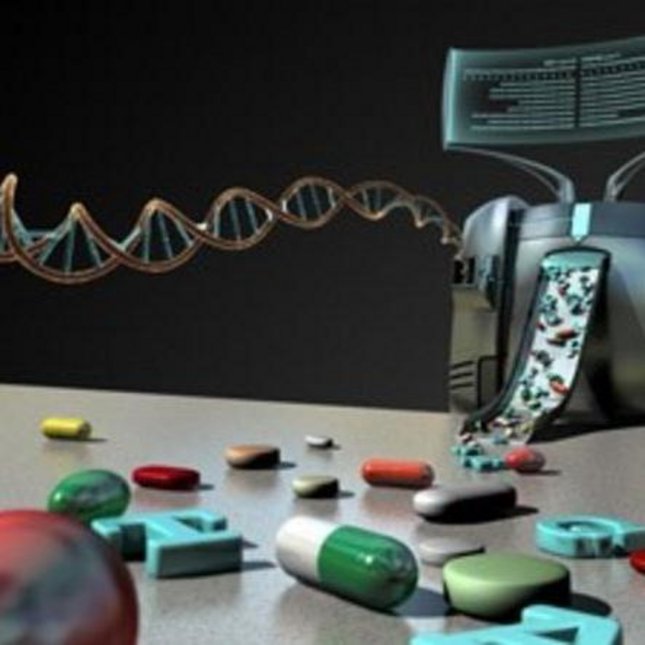
Next to approaches from systems and computational biology, we use data analysis techniques, including machine learning and artificial intelligence, and methods of algorithmic nature for modelling diseases and disease progression. Formalisms like graphs, formal grammars, and automata are used to develop cutting-edge scalable solutions to meet big data challenges. To this end we capitalize on the capabilities of the state-of-the art parallel technology, like GPUs, multi-core processors, and compute clusters
An example of a mathematical modelling project funded by NWO where we are participating in is PROMETHEUS (Pain Reduction Of MEtastases by THErmal UltraSound): Magnetic Resonance guided HIFU (MR-HIFU) is an alternative treatment to radiation therapy for palliative treatment in bone cancer. We develop a computational model which is capable of predicting the temperature increase in muscle and bone during the treatment. Apart from providing understanding of the physical processes, our modelling approach is essential for the clinical application since the standard MR methods cannot measure temperatures in bone. In this project various challenges arise, like improving the current software or developing new models to describe the ultrasound field and implementing them. This subject is highly interdisciplinary comprising aspects of biology, physiology, physics, mathematics and computer science.